Lesson 1 From Chernobyl and Fukushima – Media & Crisis Fatigue
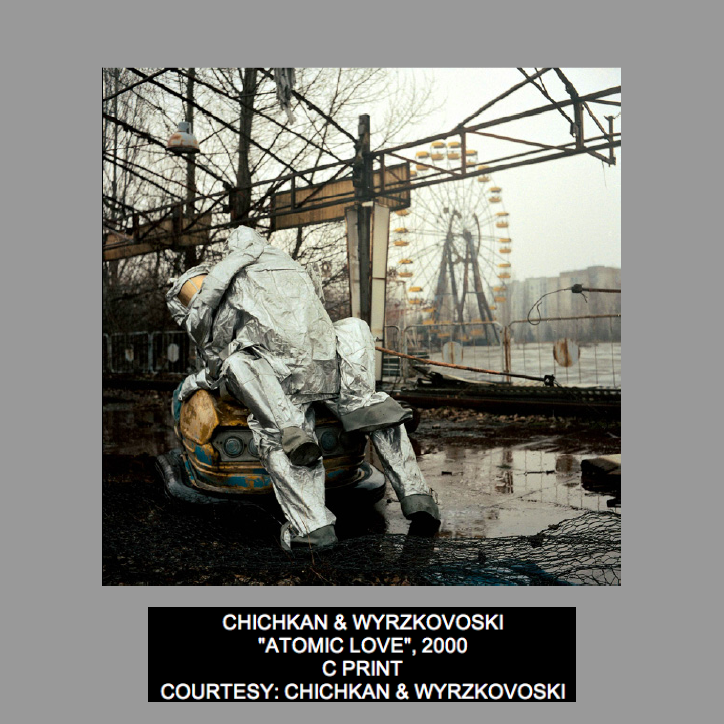
I was invited to attend and speak at the Conference for a Nuclear Power Free World 2012, in Yokohama on January 14th and 15th. I am not a scientist, nor a model activist, but what I could share was what I learned from the survivors* of Chernobyl. On the 15th, I presented these impressions in the session, “Lessons from Chernobyl and Fukushima”.
Lesson 1 – Media & Crisis Fatigue
Lessons from Chernobyl and Fukushima – Same Headlines for 25 Years
In an effort to maintain interest in the disaster media will gravitate toward the most shocking stories–and then stay there. In the case of nuclear accidents the hot topics are almost inevitably: disease (cancer) and mutation. These are very valid concerns, but overwhelm other important messages and communication channels. How Western and Eastern media covers the issue has nuances, but is generally in the same tone.
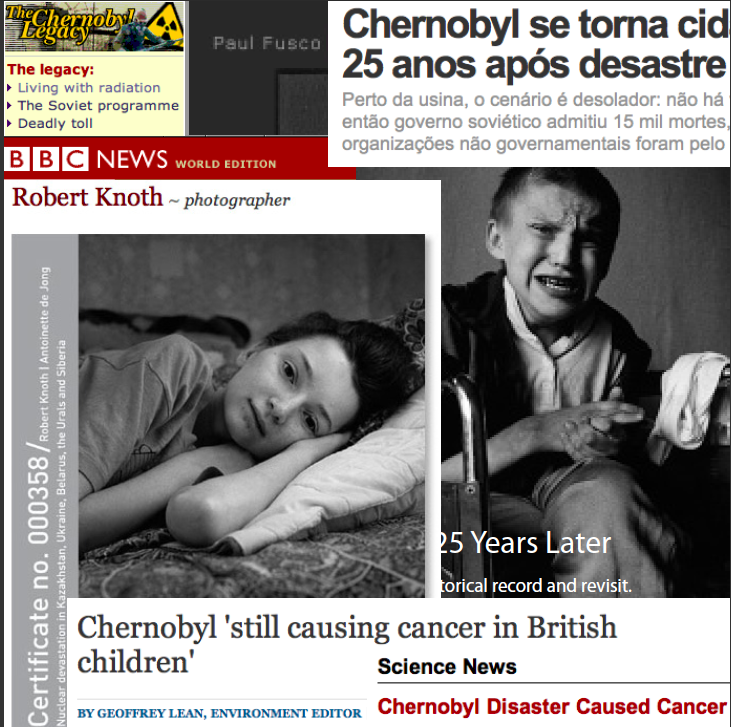
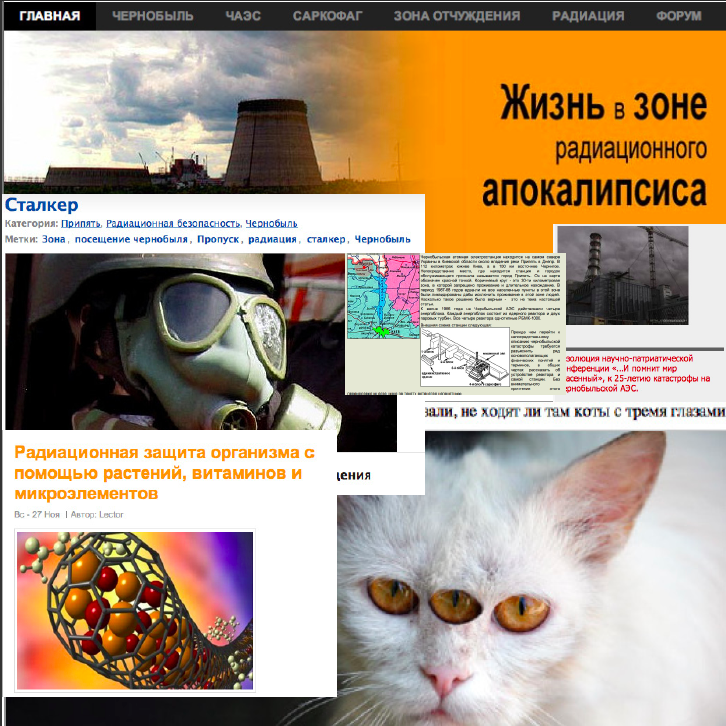
Lessons from Chernobyl and Fukushima – The Effects of Media on Society
Hinging media coverage on the most sensationalist aspects of the tragedy leads to:
1. Reader fatigue and eventual indifference. Too much of dramatic and painful story causes people to tune out. Lasting empathy (if one subscribes to the Simulation Theory of Empathy) starts with shared situations and emotions, and grows through common experiences. In practice this means offering readers “morsels” of the situation in a way they can assimilate and then act on. The loss of a home, a pet, and a job, and the angst this creates are more accessible topics and can lead to direct ways of engaging readers’ help. To some these topics may seem banal, but not everybody can directly and consistently relate to the pain of disease and physical abnormality.
2. Drowning alternative communication outlets. Part of collective social healing in any trauma requires venting and exploring of emotion. In Chernobyl, the political and social dynamics conspired to keep most dialogue other than international media (with its corresponding tone) quiet. The result was an outright disbelief in media combined with indifference brought on by fatigue with the topic. This in turn sapped momentum form other platforms that could promote discussion and reconstruction. Examples include: visual and performing arts, support groups for survivors, job listings for survivors, community journals/websites etc. Many of these platforms emerged in Ukraine only decades later, and their absence compounded the social fallout caused by the disaster.

3. Weakening of (an already fragile) self-esteem among survivors. Headlines stressing bleak expectations for survivors dampens their faith in re-building their lives. There is the possibility to have a life without cancer and other health issues.
Lessons From Chernobyl and Fukushima – The Vanity Fair Affair
Is there a correlation between radiation and physical deformities? Of course. Are all physical deformities after a nuclear leak directly attributable to radiation? No. So why do this–particularly if the relationship between subject and topic is unclear or unestablished?
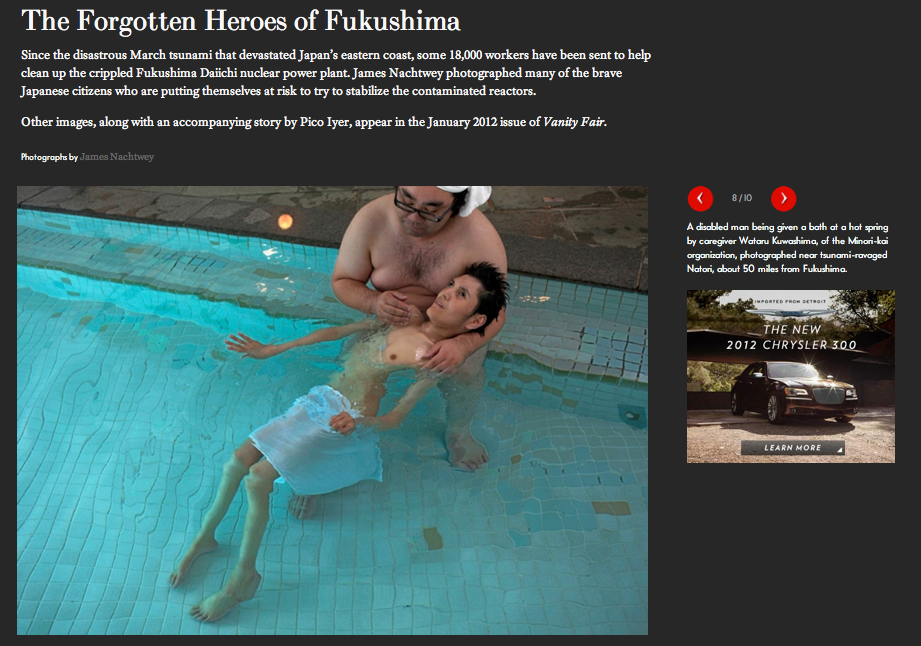
Vanity Fair is already treading the fine line of sensationalism in their recent article on Fukushima. They included a picture of a disabled man being cared for near Fukushima. It is unlikely the radiation leak from Fukushima lead to the man’s disability, so why include the picture? The tenuous link seems to be the care-giver is working in a radiated zone, but that is deep in the text and requires hunting.
It smacks of unnecessary sensationalism. I am glad to see I am not the only one who sees it this way. What do you think?
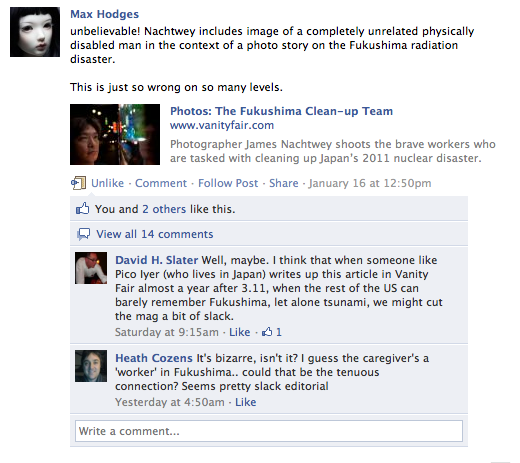
* I use the word, “survivor” loosely to identify those who were either directly exposed during the accident, exposed as liquidators, evacuated, or had family who was a liquidator. I collected testimony from over 200 people, personally, via email, and via social media while in Ukraine.
